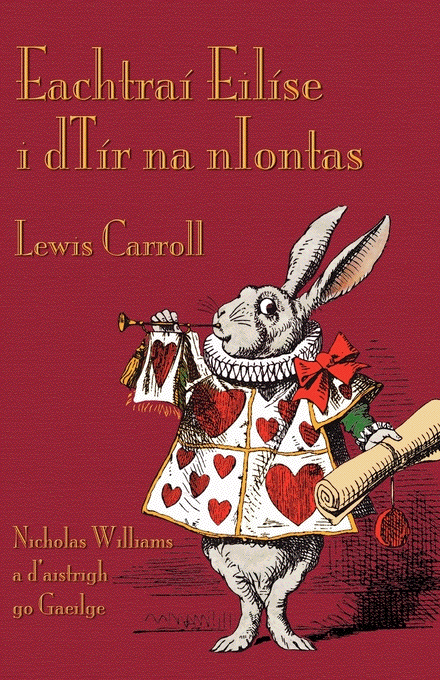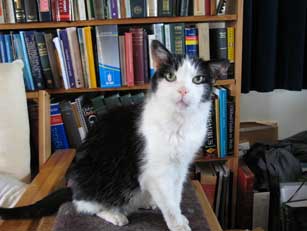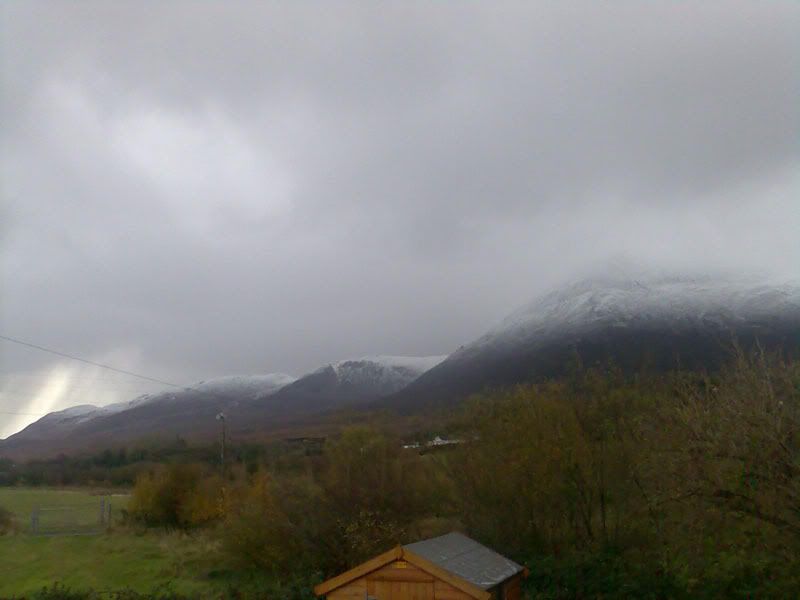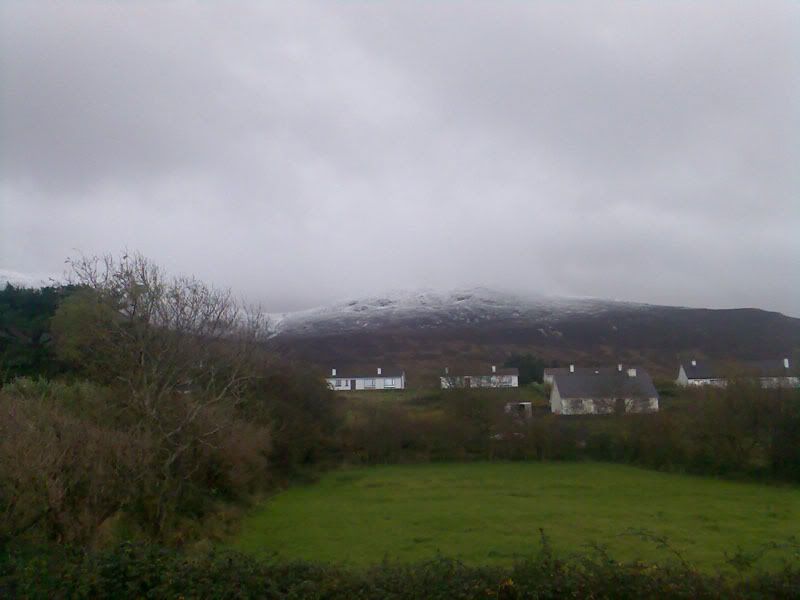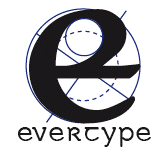Evertype is pleased to announce the publication of a new edition of
Henry Jenner’s Handbook of the Cornish Language.

From the preface:
This new edition of Jenner’s classic
Handbook of the Cornish Language appears more than a century after the book’s first publication. Now that the Cornish Revival has weathered many storms, it is well worth making Jenner’s ground-breaking work available again, copies of the 1904 edition having become rare and expensive.
A useful way to have another look at Jenner’s place in the Revival is to compare the contents of the 1904
Handbook with the three articles Jenner published between 1873 and 1877, near the beginning of his researches into Cornish. These articles are reproduced below as appendices to the main text. The orthographic system which Jenner used in 1904 was the culmination of many years of work, but it is important to notice that Jenner was aware
three decades earlier of Alexander Melville Bell’s 1865 “Visible Speech”, and of Alexander John Ellis’ 1867 “Palæotype” and 1871 “Glossic”. Jenner’s familiarity with these precursors of the International Phonetic Alphabet (IPA) is significant. It shows him to have had real phonetic training. It places his work in the context of modern linguistics.
And
linguist is certainly the word which one must apply to Jenner. His achievement was truly remarkable. Synthesizing the texts, the description in Edward Lhuyd’s 1707
Archaeologia Britannica, Edwin Norris’ 1859
Sketch of Cornish Grammar, Robert Williams’ 1865 Lexicon
Cornu-Britannicum, and Frederick Jago’s 1882
English-Cornish Dictionary, Jenner sorted it all out: he devised a system which was practical enough to use to begin to revive the language. He uses an orthography that supports Late Cornish while still retaining a connection to the orthographic forms of the Middle Cornish scribal tradition. Jenner’s Cornish
looks Cornish. I wager that the scribes of Glasney could have read it, and that Jordan and Tregear and the author of
Bewnans Ke would likewise have found it to be familiar. And his spelling partakes of
tota Cornicitas: it can write Middle and Late Cornish without linguistic compromise.
Jenner’s orthography provides a good, clear relationship between sound and spelling without diverging drastically from that of the traditional texts. He used diacritical marks for precision where necessary. His phonology is for the most part sound; he recognized the earlier phonemes /y/ and /ø/ by the way they had unrounded to /i/ and /e/ in Late Cornish. He endeavoured to describe the reduction of unstressed syllables to schwa using the symbols ŏ and ŭ. His section on grammar is wide-ranging and largely reliable. Jenner appears to regard the differences between Middle Cornish and Late Cornish as being more apparent than real; his work is generally free of the unwarranted purism of some later Revivalists. Of particular interest is his belief that it was undesirable to try to reconstruct a “foreign” accent based on “scientific affectation”. He recognized that the contact between Cornish and English must have led to similarities in phonology, and held that the sound and intonation of the English spoken in Cornwall should have a proper and positive influence on the pronunciation of Revived Cornish.
This re-edition is not a mere facsimile. I have added phonetic transcriptions in the IPA, to assist the modern reader in understanding exactly which sounds Jenner was recommending. (Two characters used here, [ᵻ] and [ᵿ], are not used in the IPA proper; the Oxford English Dictionary uses them for reduced [ɪ] (
schwi) and reduced [ʊ] (
schwu). See Note 31 on page 52.) Jenner’s Cornish spellings have been kept as he wrote them, except where a typographical error or omission had rendered his intention obscure. Breton spellings, however, have been updated to modern orthography.
The book being newly typeset has benefited from some changes for the modern reader. Chapter headings and subsections within chapters have been numbered as sections for ease of citation. It will be seen that some of the numbers are rather long, but in fact they do reflect the complex net of nested, numbered, and lettered paragraphs with which Jenner structured his work. Biblical references use European digits rather than Roman, and standard references (“Matthew 2:1–20” rather than “
St Matthew ii. 1–20”). Hypothetical forms are prefixed with an *asterisk as is now standard practice. Editorial comments of my own are given in {curly brackets}.
From time to time one encounters negative assessments by modern readers who have criticized Jenner for some of his social comments. It is true: today’s reader will find some of Jenner’s remarks to be what we now consider to be politically incorrect, indeed rather embarrassing. It must be remembered that the book was published at a time when such ideas were commonplace. This does not make them accurate or admirable; it is a reason, not an excuse. The most extreme of such comments have been moved to footnotes—where they can be safely ignored by the reader whose interests are merely linguistic.
I would like to give my thanks to Mary Beazley for encouraging me so wholeheartedly to re-publish the work of her Uncle Harry. I am most grateful to my colleagues Eddie Climo, Owen Cook, Thomas Leigh, Christian Semmens, Craig Weatherhill, and Nicholas Williams for their proofreading, and for many useful comments on Jenner’s text and on my editorial additions. The responsibility for any lurking typographical or interpretative errors remains mine.
